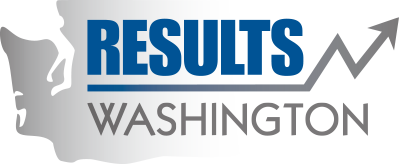Archived: Access to effective dropout prevention programs
Data source: OSPI Dropout Prevention Survey
Reported by: Office of the Superintendent of Public Instruction
Information Not Available
A systemic approach to provide students a full spectrum of tiered supports at the school and district level is essential for to mitigating barriers to student success. A multi-tiered system of supports at the school and district level means:
- At risk students are identified early.
- A process is in place to provide timely interventions and supports that will decrease a need for later more intensive and expensive interventions.
- Interventions and supports address academic, social-emotional, health, and other whole child needs and barriers.
- Students have access to a full spectrum of supports that includes school wide supports, strategic interventions, and intensive interventions
- Schools and districts increase graduation rates, and more importantly, increasing post-secondary opportunity and outcomes.
A baseline survey conducted in 2014 showed that about 32% of districts were providing interventions in all three tiers. Through communications strategies that have helped district understand their system better our 2015 survey indicated that 81% of districts can now identify supports in all three tiers. To more accurately define an effective dropout prevention system, we extended our definition to include data systems and processes used to manage the intervention system. Using this enhanced definition, approximately 75% of districts report an early warning system, which is no significant change from 2014 to 2015, and roughly 43% of districts regularly review that data to monitor student progress.
- Data use – Increasing the use and effectiveness of early warning systems and their use at every grade level.
- Multi-tiered system of supports – We are communicating the need for a systemic approach to early intervention and whole child supports including a safety net for high risk youth. We are providing guidance and best practices that are showing success to schools and districts. We are also aligning this vision and framework across education professional agencies.
- Engagement of youth, family, and community – Aligning definitions and expectations for engagement across programs at OSPI and identifying and communicating effective practices to schools, districts, and their partners.
